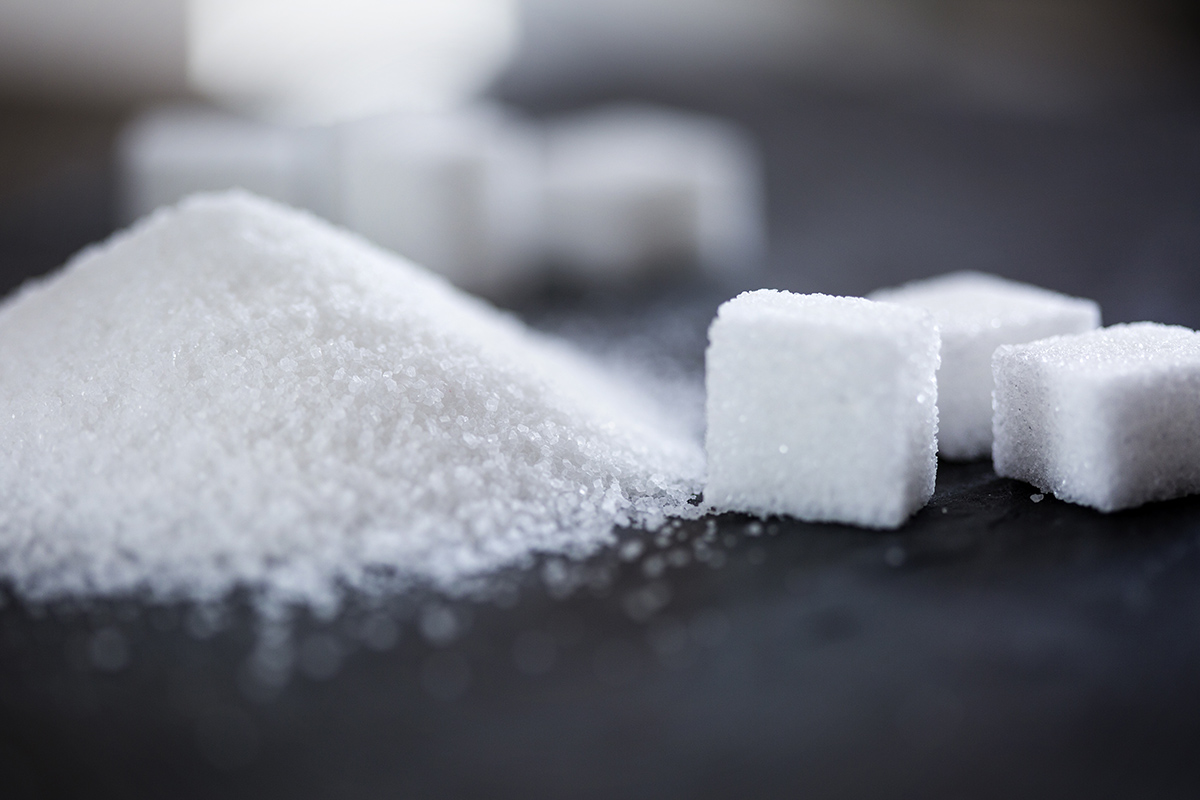Comprehensive Cane Sugar Processing Chemicals: From Start to Finish
Comprehensive Cane Sugar Processing Chemicals: From Start to Finish
Blog Article
Maximizar Rendimientos Y Minimizar Costos: Estrategias Avanzadas Para La Optimización Química Del Procesamiento De Azúcar De Caña
In the realm of cane sugar processing, the pursuit of making the most of yields while simultaneously lessening prices stands as an awesome difficulty that needs a strategic blend of innovative chemical optimization methods. Among this intricate web of techniques exists the guarantee of unlocking untapped capacity and changing the extremely significance of sugar manufacturing.
Chemical Analysis for Effectiveness
Chemical evaluation plays a pivotal role in improving the performance of sugar walking cane handling by giving important understandings right into the structure and residential properties of the raw products. By conducting thorough chemical evaluations on sugar cane samples, processors can establish the exact focus of sucrose, glucose, fructose, and various other elements present in the raw product. This information is crucial for maximizing the numerous stages of the sugar walking cane handling chain, from crushing to condensation.
Furthermore, chemical analysis allows cpus to identify contaminations such as organic acids, healthy proteins, and minerals that can influence the high quality and return of the final sugar product. By quantifying these contaminations, processors can implement targeted techniques to remove or minimize their results, eventually enhancing the total performance of the handling plant.
In addition, chemical evaluation assists in the tracking of process specifications such as pH, temperature, and viscosity, permitting cpus to make real-time changes to make sure optimal problems for sugar removal and crystallization. Generally, a detailed understanding of the chemical composition of sugar walking cane is important for making the most of yields, lessening costs, and maintaining high product high quality in the sugar manufacturing sector.

Enzyme Use for Enhanced Returns
With a tactical approach to enzyme use, sugar cane cpus can considerably boost their yields while preserving functional efficiency in the manufacturing process. Enzymes play a critical function in sugar walking cane processing by breaking down intricate carbs right into easier sugars, hence increasing the total sugar removal effectiveness. By including particular enzymes tailored to target the various elements of sugar walking cane, such as cellulose and hemicellulose, processors can improve the launch of sugars throughout extraction.
Enzyme utilization offers the advantage of taking full advantage of sugar hop over to these guys yields from the raw material while reducing the energy and resources needed for handling. With cautious choice and application of enzymes, sugar walking stick cpus can maximize their procedures to attain greater returns and earnings.
Ph Control for Ideal Processing
Enzyme application for increased yields in sugar walking cane processing lays the foundation for resolving the important aspect of pH control for ideal handling performance. Maintaining the suitable pH level throughout numerous phases of sugar cane processing is necessary for optimizing returns and decreasing prices. By carefully keeping an eye on and adjusting the pH levels at different processing steps, sugar walking stick processors can improve sugar healing prices, lower chemical usage, and enhance the total manufacturing procedure.
Advanced Filtration Techniques
Executing sophisticated filtering link methods in sugar walking stick processing improves the efficiency and purity of the end product with fine-tuned separation techniques. By incorporating advanced filtering innovations, such as membrane filtration and activated carbon filtration, sugar walking cane handling plants can accomplish higher degrees of sugar recuperation and boosted quality control.

Activated carbon filtration is another innovative strategy that helps in the elimination of colorants, off-flavors, and residual contaminations from sugar walking stick products. By utilizing turned on carbon's adsorption properties, this purification technique enhances the quality and taste of the sugar, Get More Info meeting the high criteria demanded by customers and market policies.
Energy-Efficient Purification Techniques
Energy-efficient purification methods are crucial for maximizing the sugar walking cane handling market's energy consumption while keeping top notch product requirements. Typical distillation procedures can be energy-intensive, leading to higher manufacturing costs and environmental influences (Cane Sugar Processing Chemicals). Implementing energy-efficient distillation approaches, such as vacuum distillation or molecular distillation, can dramatically decrease energy needs while improving overall process performance
Vacuum cleaner distillation includes reducing the stress within the purification system, which lowers the boiling point of the liquid blend being refined. This decrease in boiling point decreases the energy needed for evaporation, causing power savings compared to conventional distillation techniques.
On the various other hand, molecular purification makes use of brief course distillation techniques under high vacuum conditions to separate compounds based on their molecular weight. This technique is especially efficient for heat-sensitive compounds, as it runs at reduced temperature levels, lowering power consumption and preserving item top quality.
Verdict

Report this page